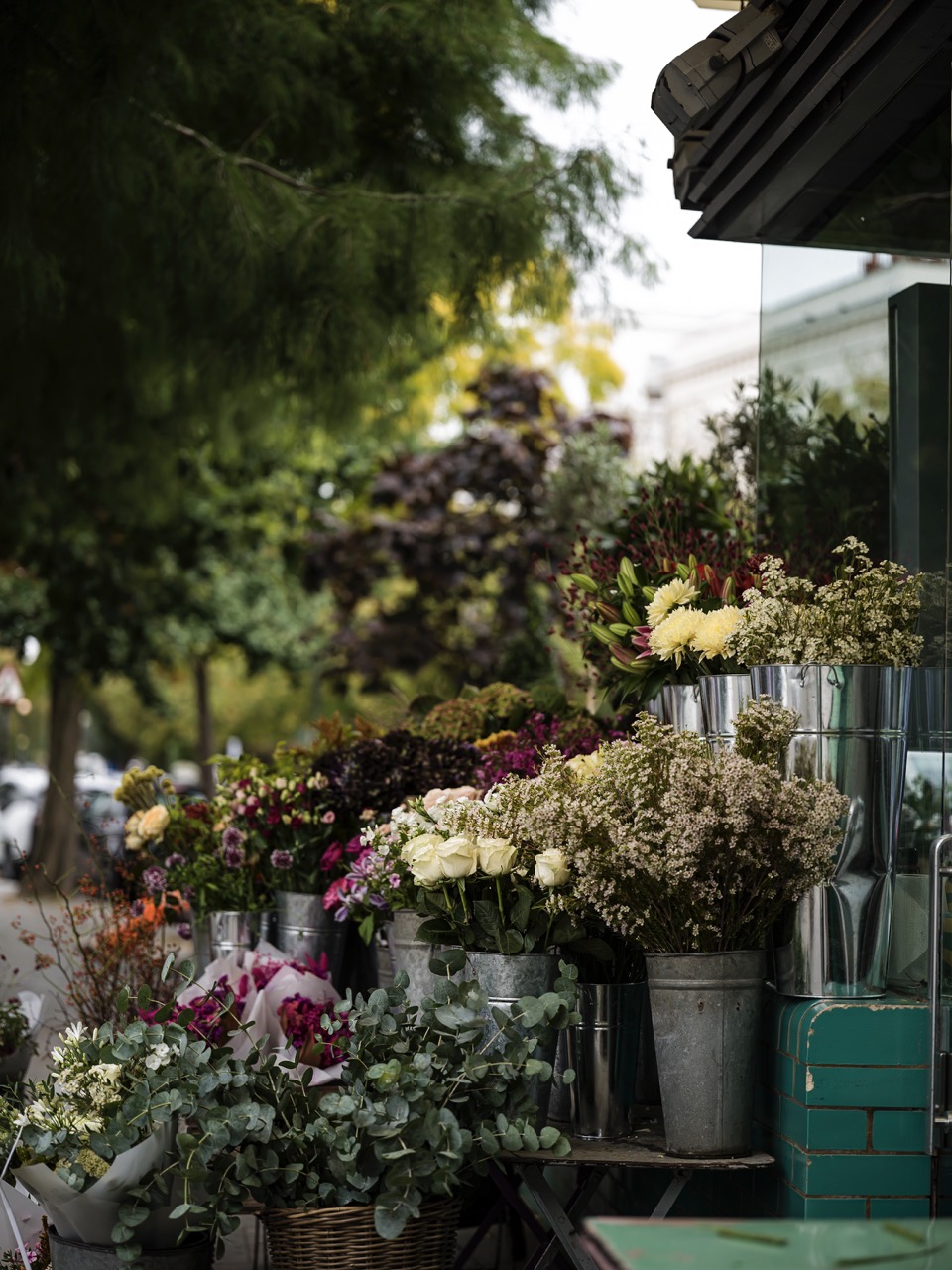It may seem like an impossibility to discover a slower pace of life and a strong sense of community in the heart of one of the most vibrant cities in the world. Yet here, our London Partners, James Burridge and Toto Lambert, unearth some of Central London’s most charming village-like pockets
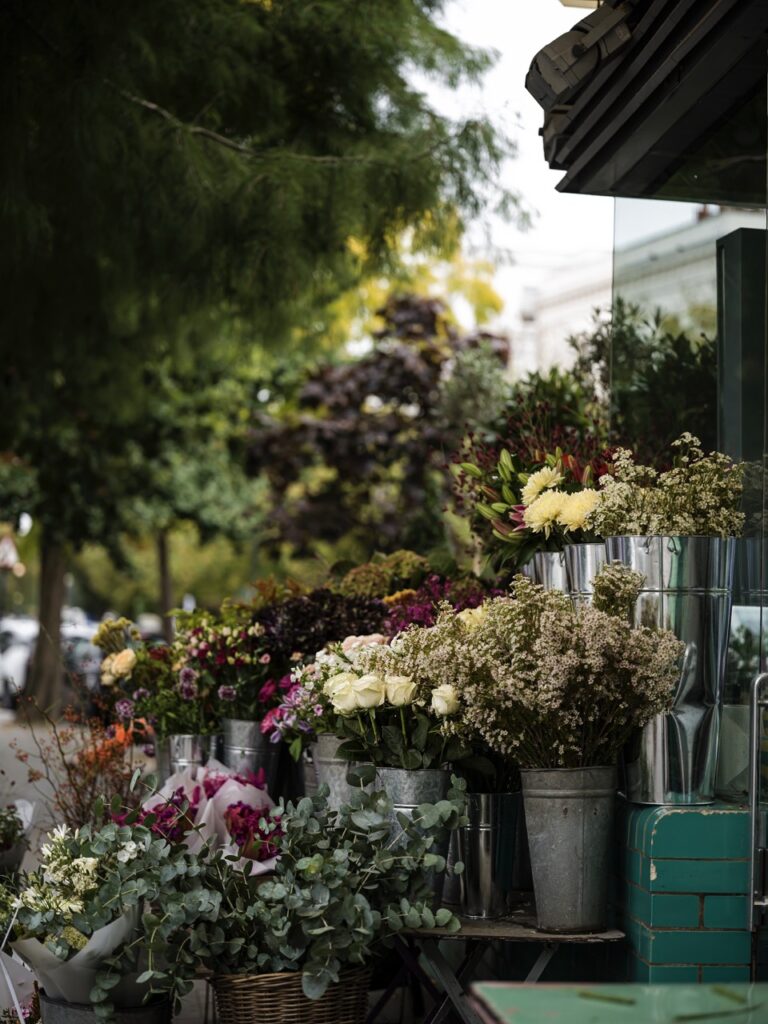
Among the world’s leading capital cities, London’s framework is arguably unique. Unlike Paris or New York, London has no underlying grid or clear hierarchy. It didn’t grow from a single centre, but from a scatter of historic settlements. Riverside hamlets, market towns and hilltop parishes were gradually absorbed as the capital expanded with the arrival of the railways and, later, the Underground in the 19th century.
Today, the city remains a mosaic of neighbourhoods, many still echoing their village roots. These ‘villages’ offer community, green space and a slower, more considered pace of life – and have become some of the city’s most sought-after residential addresses. In North West London, you’ll find the closest thing to a village in London in historic Hampstead, leafy Highgate and charming Belsize Village. While in South West London, Richmond Park, Wimbledon Common and Barnes Common Nature Reserve feel almost rural in parts and the surrounding neighbourhoods absorb this sense of calm from these large open spaces.
The expectation of what constitutes a village way of life in Central London may differ yet, just a few streets back from the bustle, there remain neighbourhoods with a unique charm. “More and more, people want to feel connected to a local community in what can feel like a big and intense city. They might be looking for a village green or a park, a handful of independent, thoughtfully-sourced shops, a good local pub – a quiet pocket within a busy city,” says our Partner Toto Lambert.
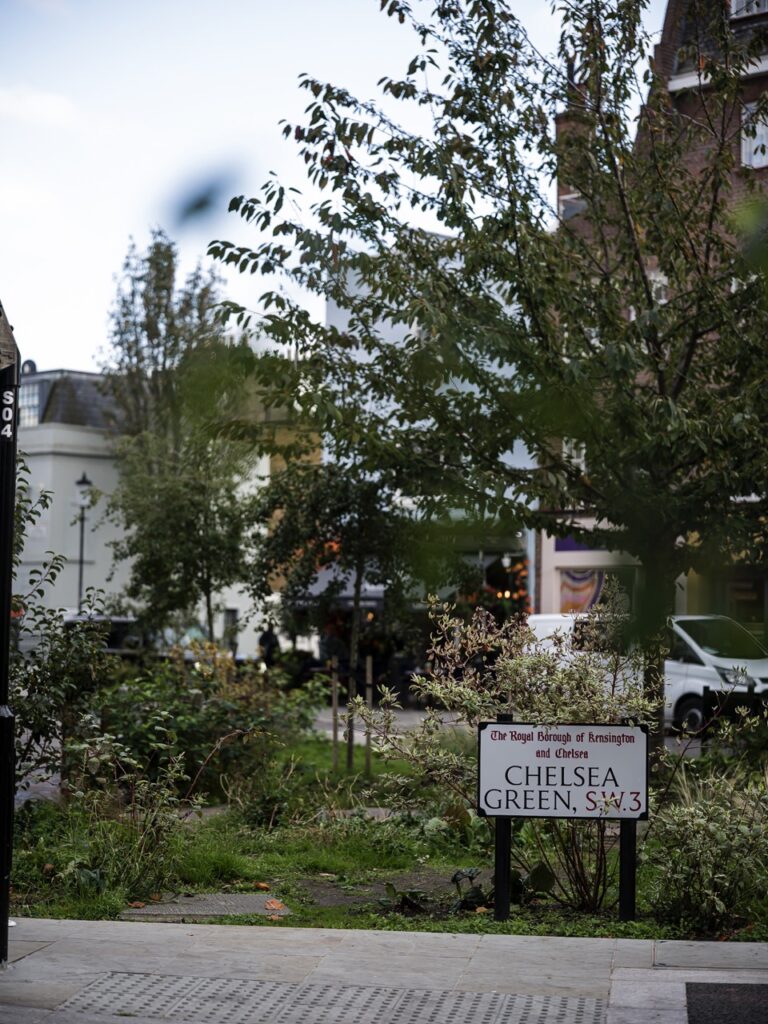
Chelsea Green
Until the Georgian era, areas like Chelsea and Marylebone were considered on the edge of town. Today, there remains a strong sense of local community and independent character here.
Chelsea Green, tucked behind the King’s Road, feels a world away from the nearby flagship stores and traffic. The Chelsea Fishmonger is just yards from the local cobbler who has worked on the Green for decades, a few doors down from Jago’s family butcher – it’s a charming pocket of old Chelsea. Streets like Markham Street or Bywater Street showcase classic pastel-coloured Georgian homes, with such examples trading between £3m-£5m.
“There’s a real quaintness to Chelsea Green, while still being in central London – it’s part of the city but not consumed by it,” says Toto. “It’s an area that’s very popular with international buyers as well as downsizers because everything is within walking distance.”
“I recently worked with a family whose main residence was outside of London, but they wanted a London base,” Toto adds. “We secured a best-in-class flat on one floor, overlooking one of London’s most sought-after communal garden squares. The flat was in great condition (hard to find in the current market) and within easy walk of Sloane Square for the Tube, and Chelsea Green for the community, village feel and the independent shops.”
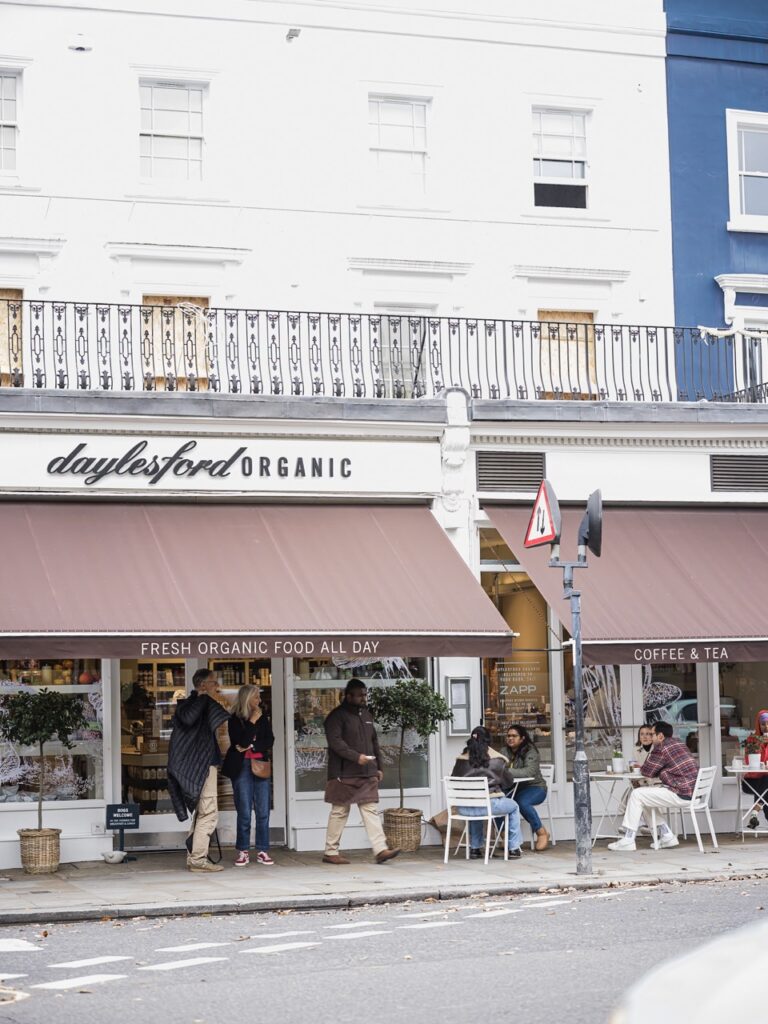
Notting Hill
Central London’s most famous ‘village’, Notting Hill still delivers a strong sense of community. Beyond Portobello Road’s weekend crowds, areas like Westbourne Grove and Clarendon Road have a neighbourhood feel, supported by myriad independent businesses and elegant stucco-fronted houses that regularly fetch over £10 million.
Notting Hill also has easy access to the M4 for Berkshire, the Cotswolds and Bath, as well as Heathrow, making it well-placed for international buyers and those with primary residences outside of London.
“Some parts of Central London can feel more transient, but Notting Hill is consistently popular and for good reason. It’s vibrant and individual, a melting pot of cultures,” says our Partner James Burridge. “We recently acquired a lovely house off Westbourne Grove for a Spanish client who had lived in the area for many years. She was focused on staying within walking distance of all that Notting Hill has to offer”.
“Westbourne Grove and Portobello Road have touch points of the mainstream, of course, but they also feel more humble and friendly, with a village-like connection. You will find that a lot of people who live in or around Elgin Crescent during the week decamp to their country residence near Soho Farmhouse in the Cotswolds at weekends.”
Indeed, the organic produce that locals know and love from Daylesford Farm near Kingham in the Cotswolds at weekends can also be picked up at their local Daylesford outpost on Westbourne Grove during the week.
2025 has seen a host of new restaurant openings in Notting Hill, firmly cementing its status as a culinary destination. Here, you can enjoy food from all over the world; from Juno’s Japanese/Mexican fusion food in its intimate six-seater restaurant, to Swedish bakery Fabrique and neighbourhood pub The Pelican. What unites them is their sense of community.
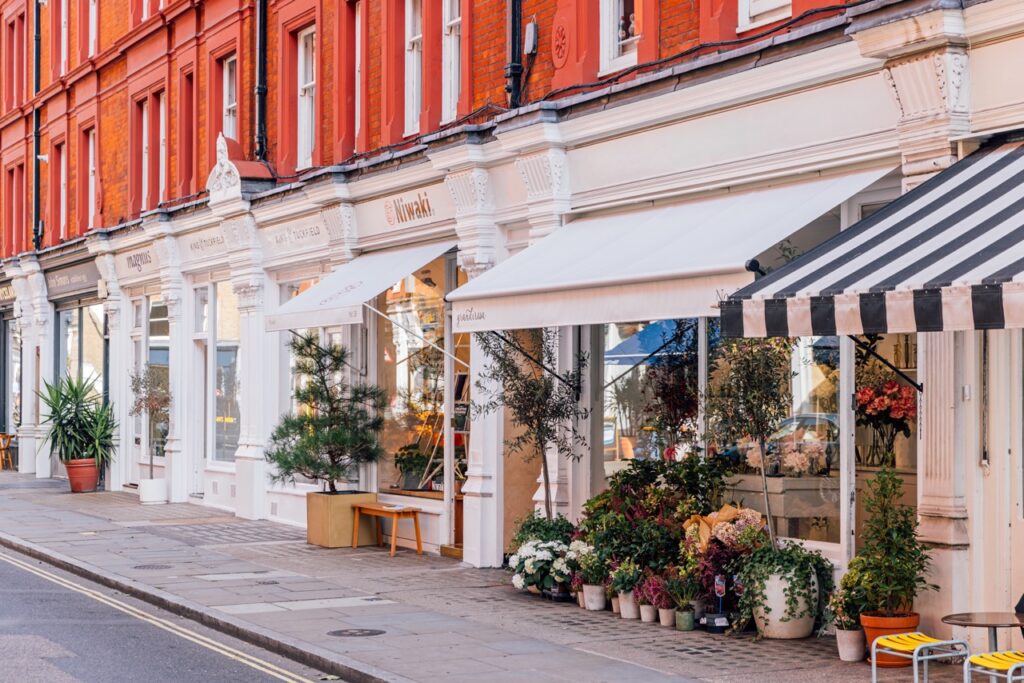
Marylebone
Marylebone remains a hugely popular neighbourhood of Central London and people who choose to live here are led by the lifestyle that it offers, rather than the size of their space or proximity to good schools – although there are several close by. For that reason, it tends to attract a marginally older demographic.
“Marylebone offers a slightly different proposition. It feels more sophisticated than Notting Hill and Chelsea Green, yet you will find a strong sense of community here, as well as tree-lined streets and historic architecture,” says James.
Just five minutes from Oxford Street, Marylebone High Street offers a vibrant selection of international luxury brands. Yet, just off it, you will still find quieter cobbled lanes, traditional pubs and St Marylebone Parish Church and gardens.
With its butcher, cheesemonger and chocolate shop, Moxon Street has become a leading foodie destination. Lita Mediterranean restaurant on Paddington Street is a favourite of renowned chef Raymond Blanc, who moved to Marylebone from Oxford. While The Hart pub on Chiltern Street – the most recent opening from the Public House group – offers a seasonal British menu with ingredients picked from its kitchen garden in Oxfordshire.
If you’re craving green space, the 410-acre Regent’s Park – a former royal hunting ground, later leased to tenant farmers – is just a 15-minute walk away.
Marylebone’s residents are proud of its status as a ‘village’ and there is a busy calendar of community events here, including Christmas carol performances and concerts, an annual Easter egg hunt and a Summer Festival, complete with a tombola and dog show.
“We have bought a number of very good flats in prime Marylebone over the last 18 months, from period mansion block apartments – 3,000 sq ft lateral spaces overlooking Regent’s Park, through to some of the finest flats in recently built blocks, including Chiltern Place and The Chilterns,” says James.

James Burridge is our specialist Partner in Central and South-West London.

Toto Lambert is our specialist Partner in Central and South-West London.
For news, expert commentary and invaluable property insight, subscribe to The Insider, our quarterly newsletter, here.
